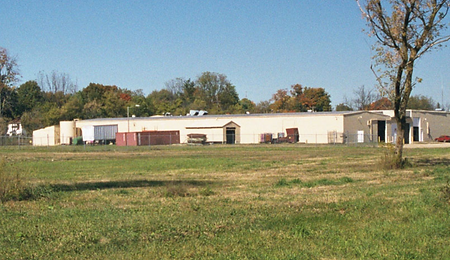Biological Remediation Technologies



Old School
New School
vs.
• Baseline assessment
• Microcosm study
• Full-scale application
– Pilot operation
– Initial goal is to achieve colonization
• Process optimization
– Ongoing and evolving
– Biological feedback based control

Michigan Department of Environmental Quality Orphan Site Americhem Facility
• Key Factors
- Chemical Distributorship
- Mason Esker
• Bifurcated Plume
- North Plume (VC)
- South Plume (TCE)
- Source (Everything)
• Treatment Train
- NAPL Recovery
- SVE
- Insitu Biostimulation

Federal Mogul Site
• Manufacturing facility dating back decades
• TCE degreasing operations
• DNAPL source and dissolved plume
• Permeable reactive barrier –reductive dechlorination combined with source area treatment by ISCO

TCE Degradation BY Dehalococcoides – Lab Microcosms

TCE Degradation in PRB

Schoolcraft, Michigan


-
"Orphan" site in southwest Michigan
-
Plumes A-G
-
Plume A Carbon tetrachloride (CT) plume: 1.6 km long x 0.16 km wide x 20 m deep
-
Glacial outwash aquifer: high transmissivity and yield
-
CT range: 5-150 mg/L
-
Nitrate range: 50-80 mg/L
-
Consultant plan: pump-and-treat with air-stripping
-
Treated plume by bioaugmentatio
Successful Demonstration of Bioaugmentation (see Dybas et al, Environ. Sci. Technol, 1998, 2002)
Schoolcraft: Bioremediation of Chlorinated Solvents and Hexavalent Chromium

• ARCO Rubber and Plastics (Plume G, PCE, TCA, toluene)
• Biewer Lumber (Plume F, chromium and arsenic)
• Alternatives to pump and treat / air stripping


• Plumes F and G
• Research Objectives
• Biostimulation and bioaugmentation for chlorinated solvent/ metals remediation (PCE,TCE,c-DCE, TCA)
• Laboratory and in situ field evaluations

Microbial Colonization – Dehalococcoides



Americhem Field Data




